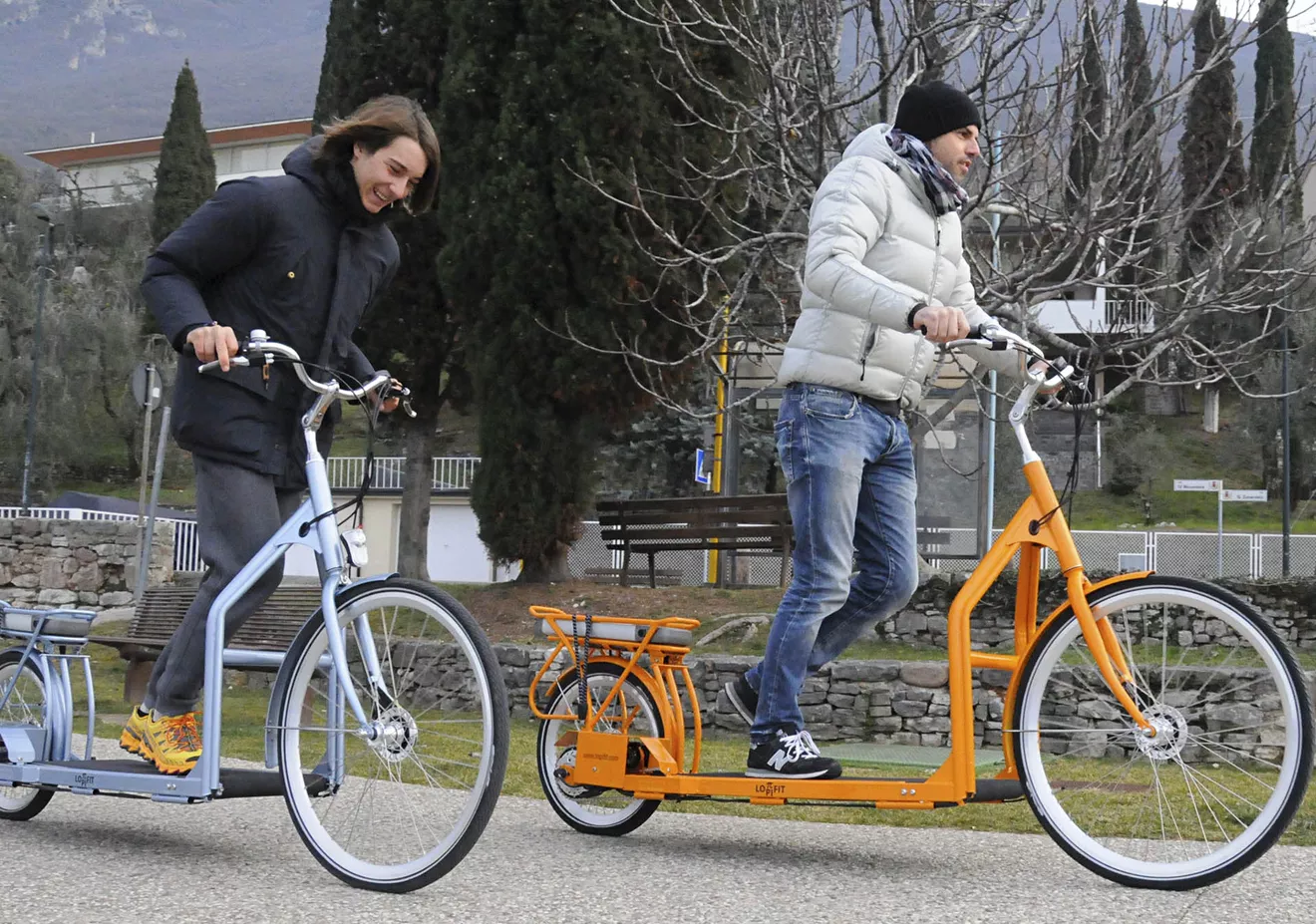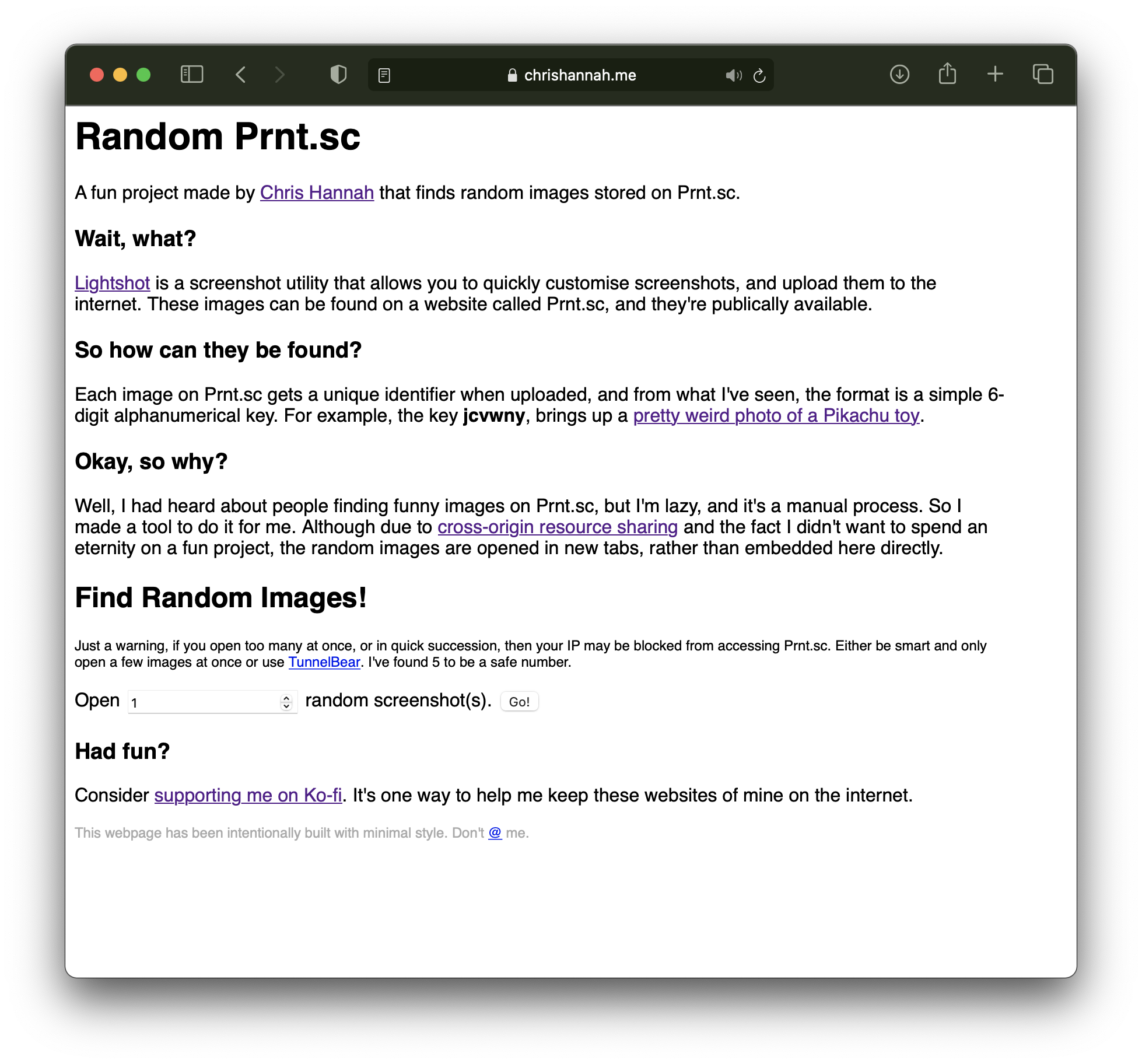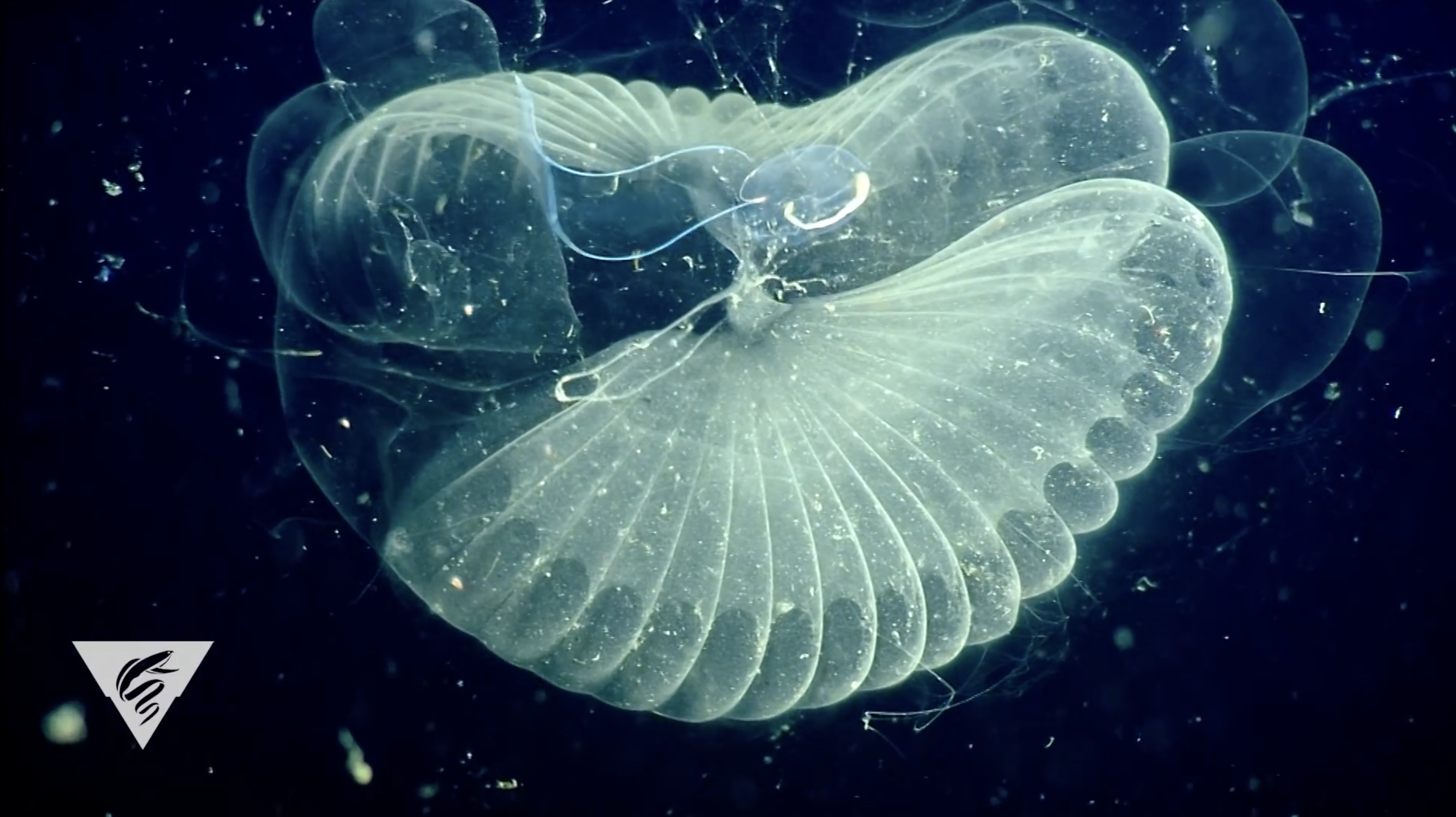I haven’t had time to go through a lot of WWDC content just yet (I’m currently spending most of my time laying a new floor in my house), but I did install iOS 14 and macOS 11 to my devices essentially as soon as they were available. I’m really impressed with all the updates this year, and I’ll end up writing about the things I really enjoy. But for now, the feature I love the most is Back Tap.
It’s an accessibility feature at the moment, found in Settings → Accessibility → Touch → Back Tap. And it lets you assign actions to a double or triple-tap on the back of your iPhone. For example, you could double-tap the back of your iPhone to lock it, or you could take a screenshot. There are quite a lot of possibilities. There are currently 14 general actions, 7 accessibility actions, and 2 scroll gestures to choose from. That’s not including the fact that you can also choose a custom shortcut to run as an action.
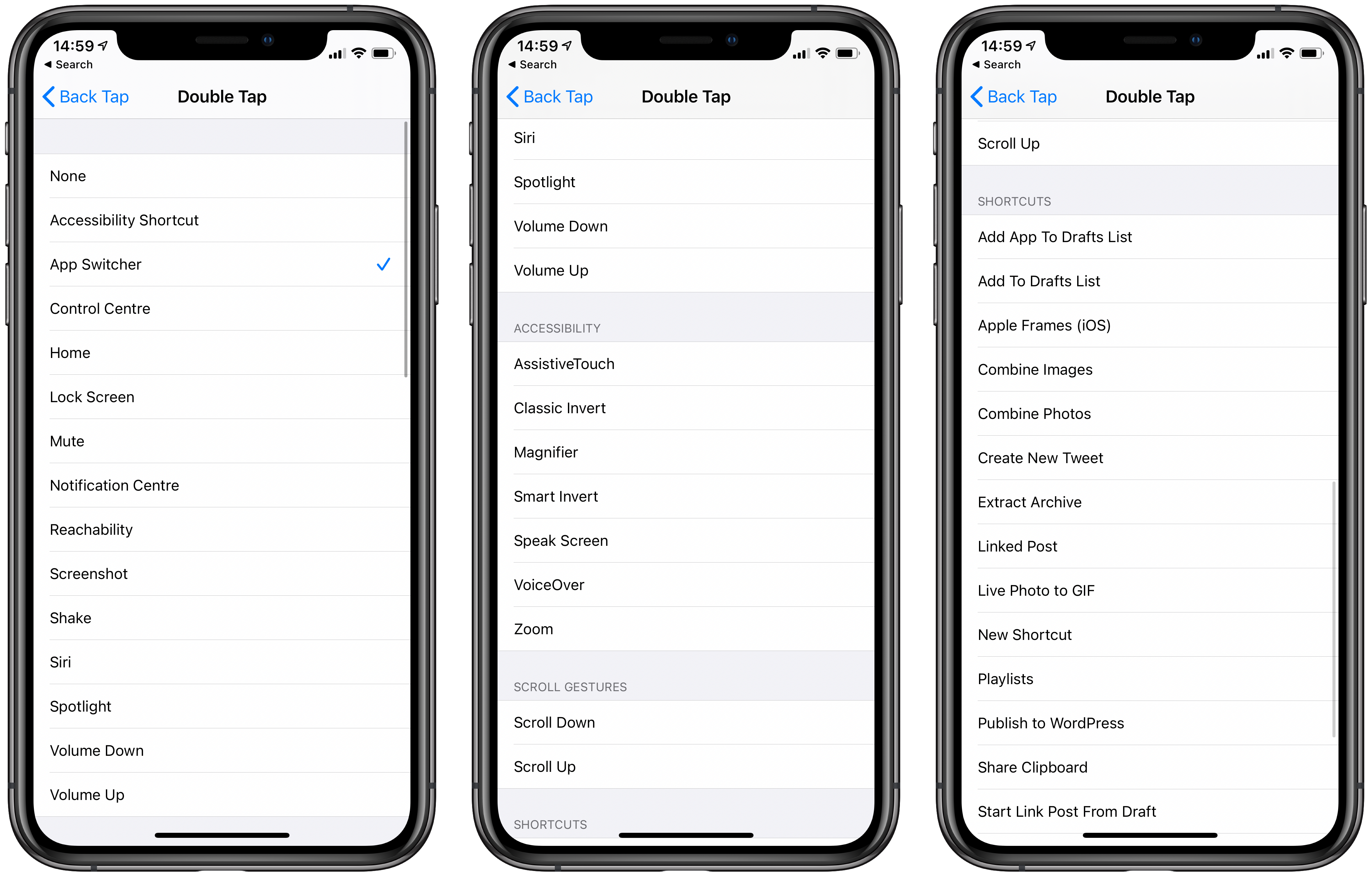
What intrigues me is how it actually works. I imagine it’s detecting the shake, and not necessarily a “tap”. But it’s still interesting that a new feature was added that simply makes use of current hardware in a different way.
When I was trying to work out what actions I wanted to assign to my iPhone, I was trying to think of things I want to perform quickly, or without a delay.
The first was obvious, opening the camera. There are tons of times where I just want to quickly take a photo of something, usually, it’s my cat being weird, so that’s definitely going to be useful. There’s no standard open app action, but as you can run a Shortcut as an action, I made a simple one that just launches the camera app.
The second one took a bit more time to think of, but I settled on creating a tweet. This had to be a shortcut as well, but it was just as simple. One action that creates a new tweet in the Twitter app.
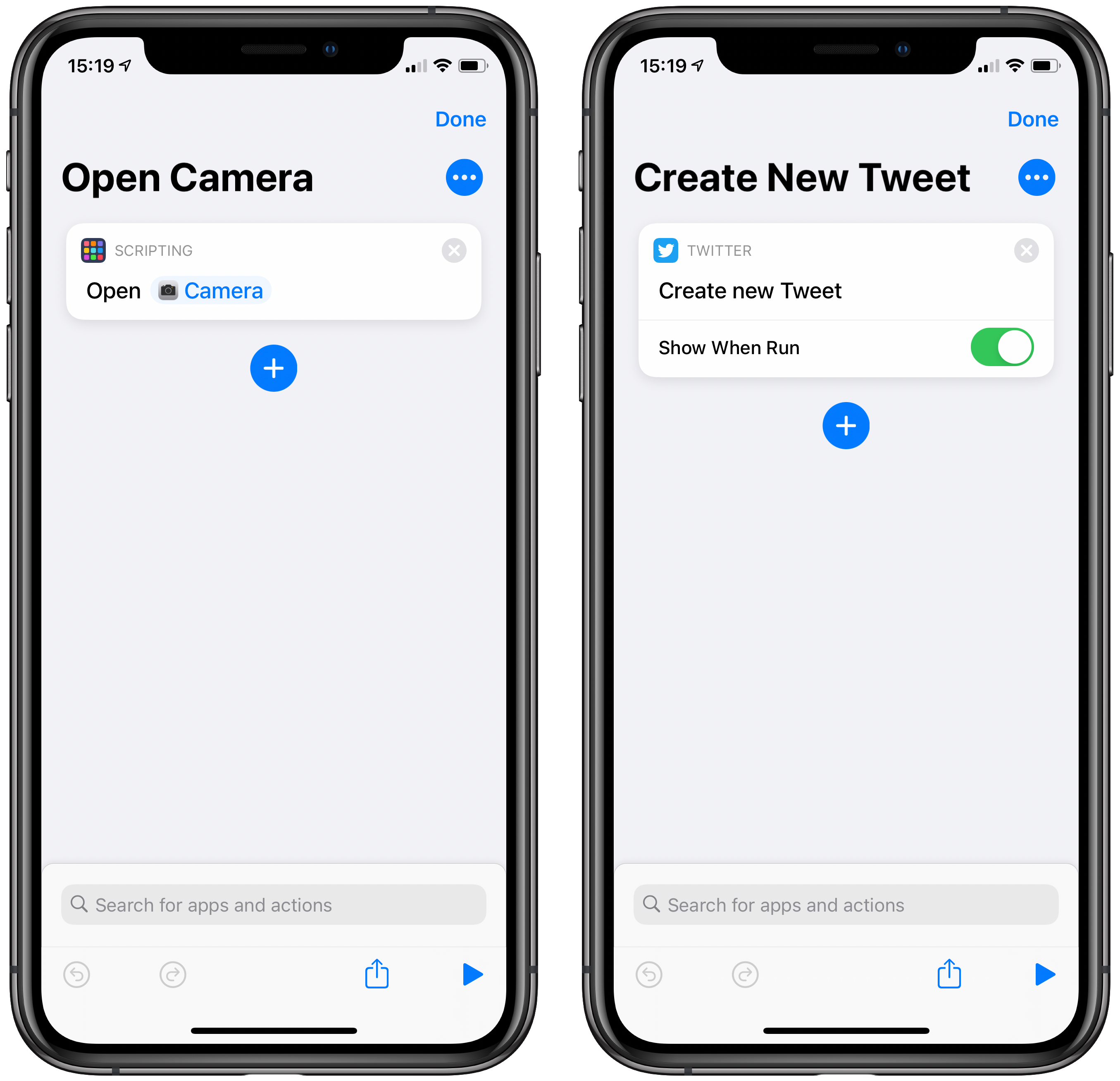
So I can double-tap the back of my phone to open the camera and triple-tap it to start writing a tweet. Who would have thought that would be possible with just a software update?
Although it’s currently hidden as an accessibility feature, I can imagine this being pretty popular. Certainly, enough for it to make its way to becoming a “real” feature.
